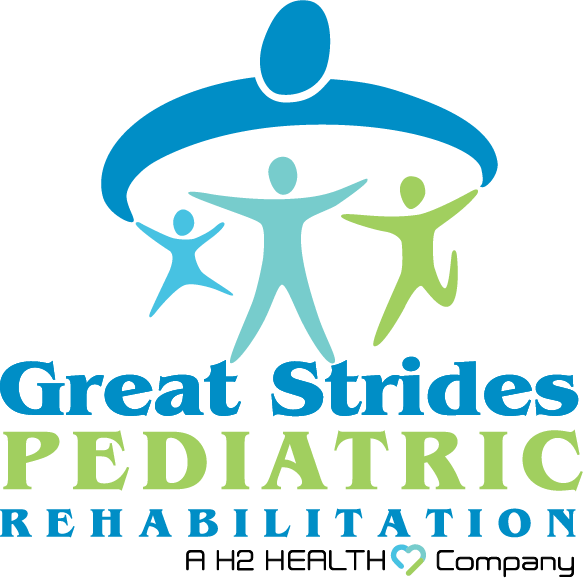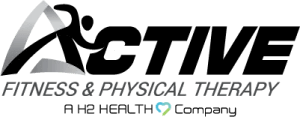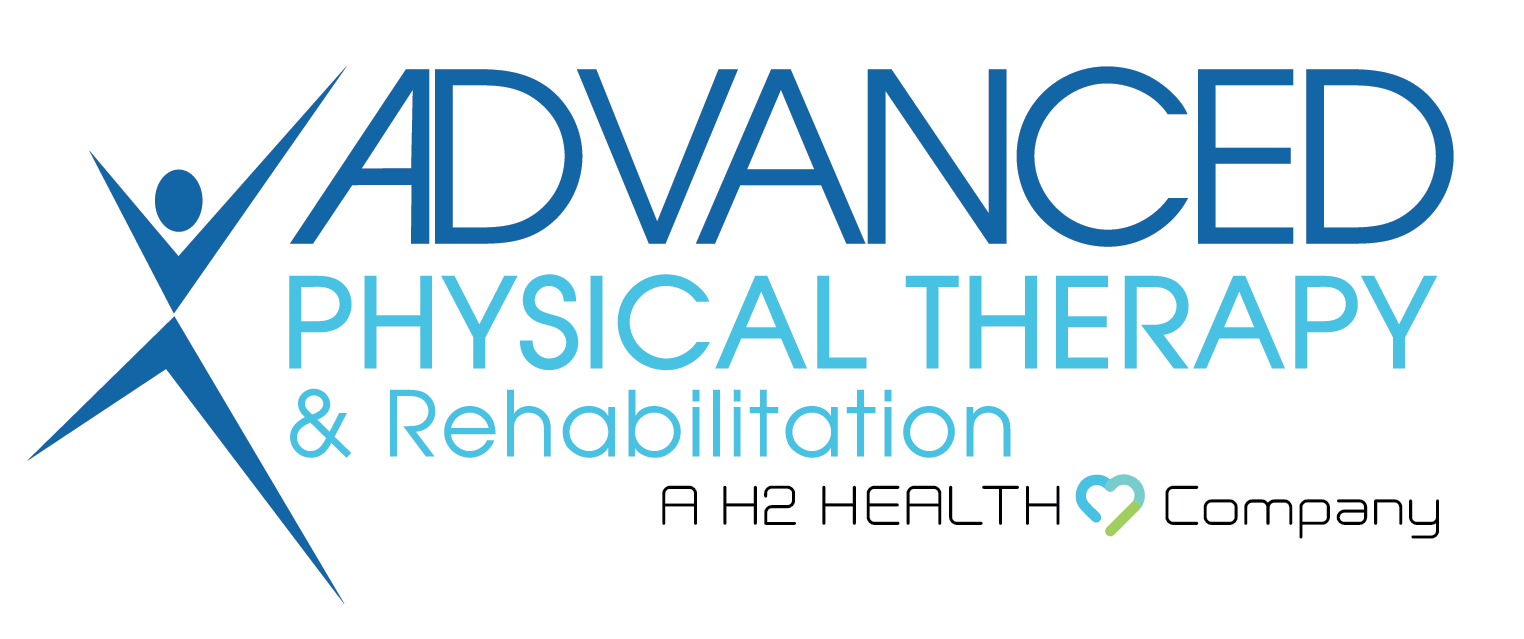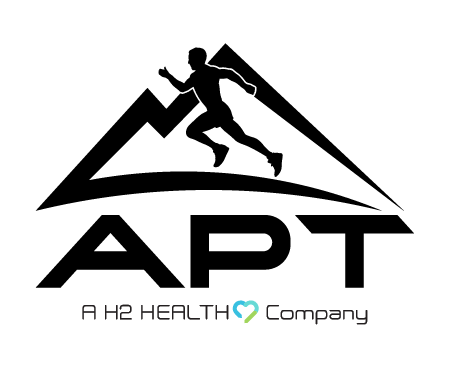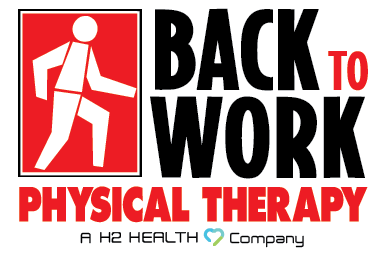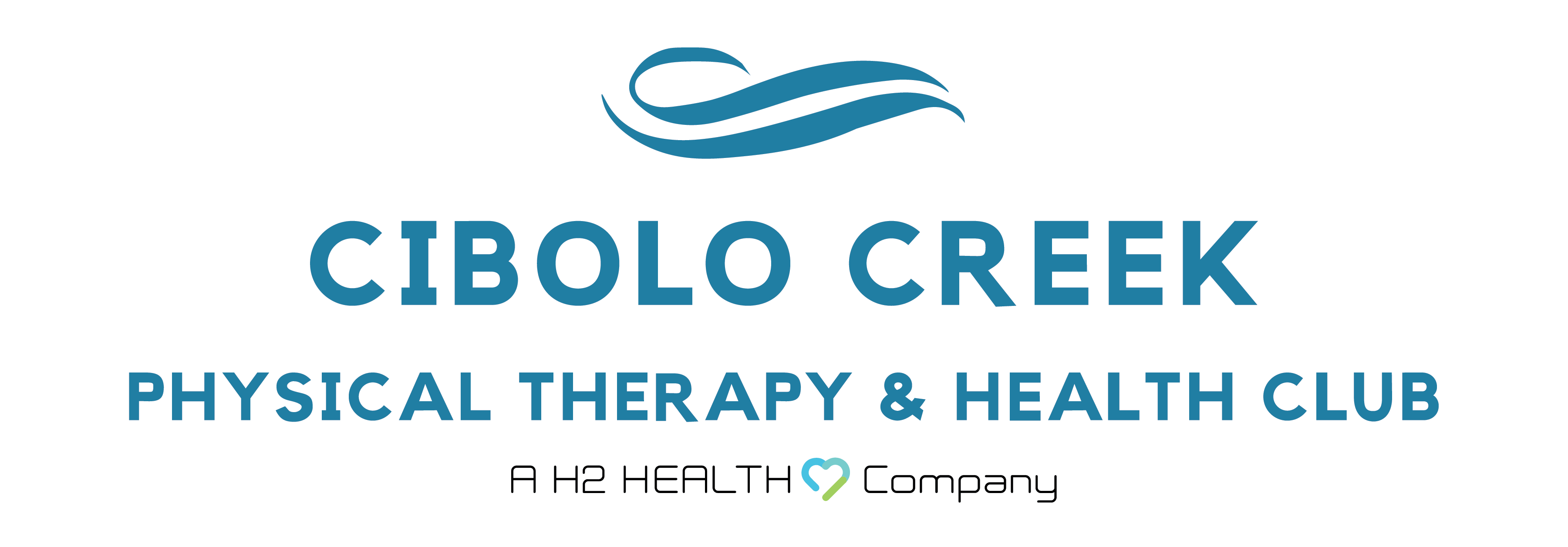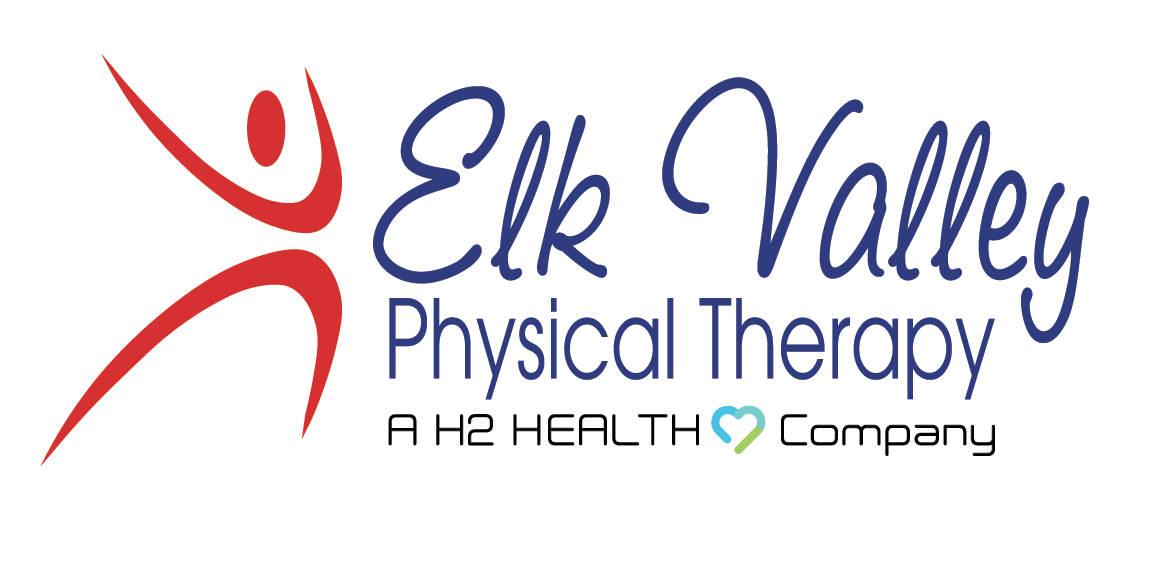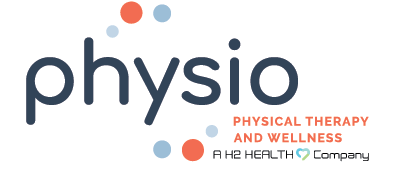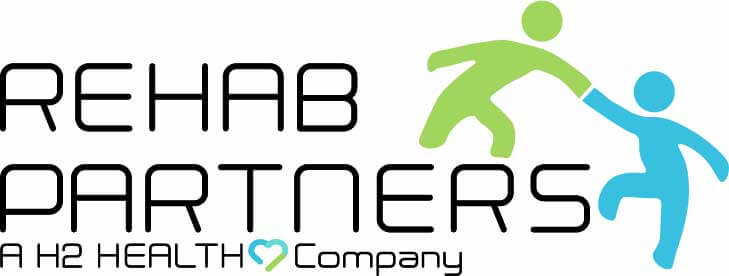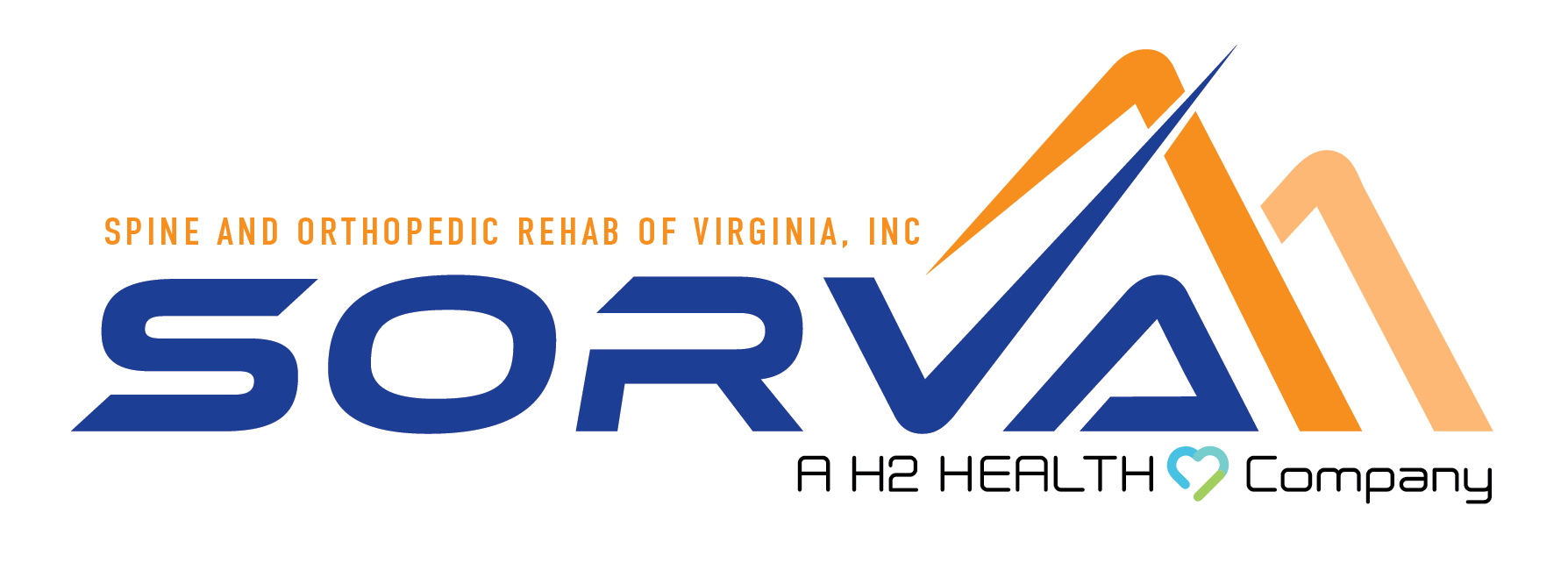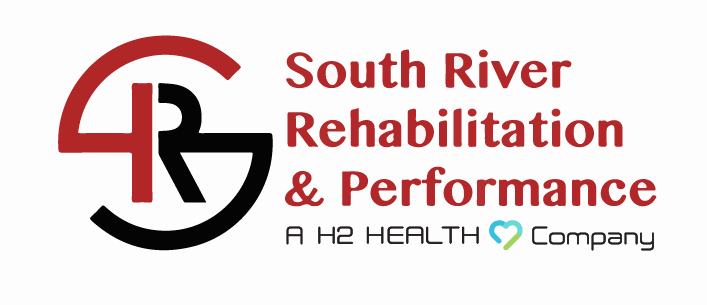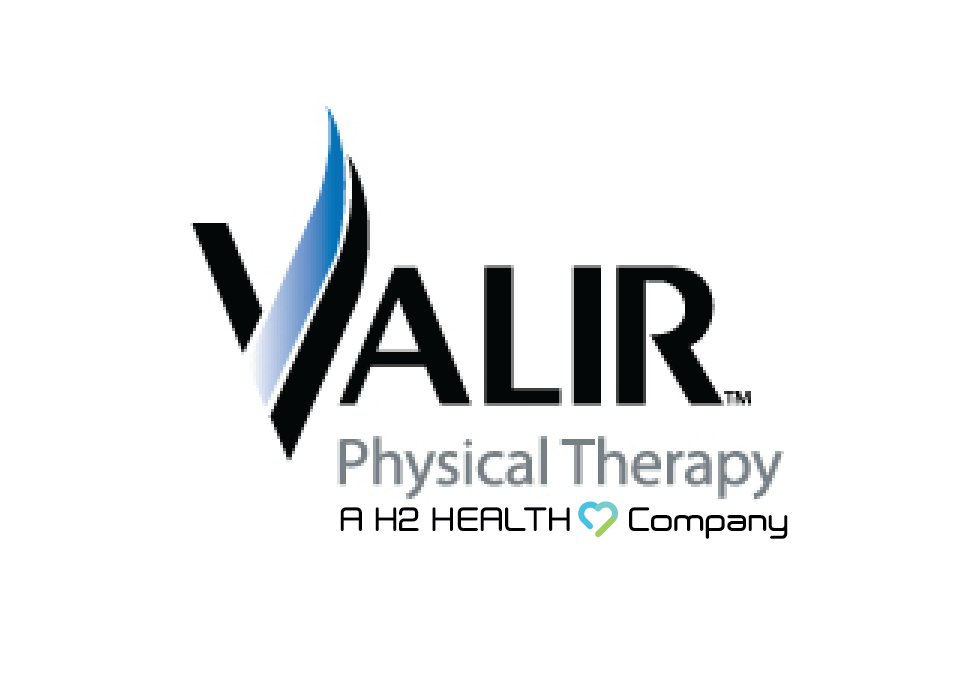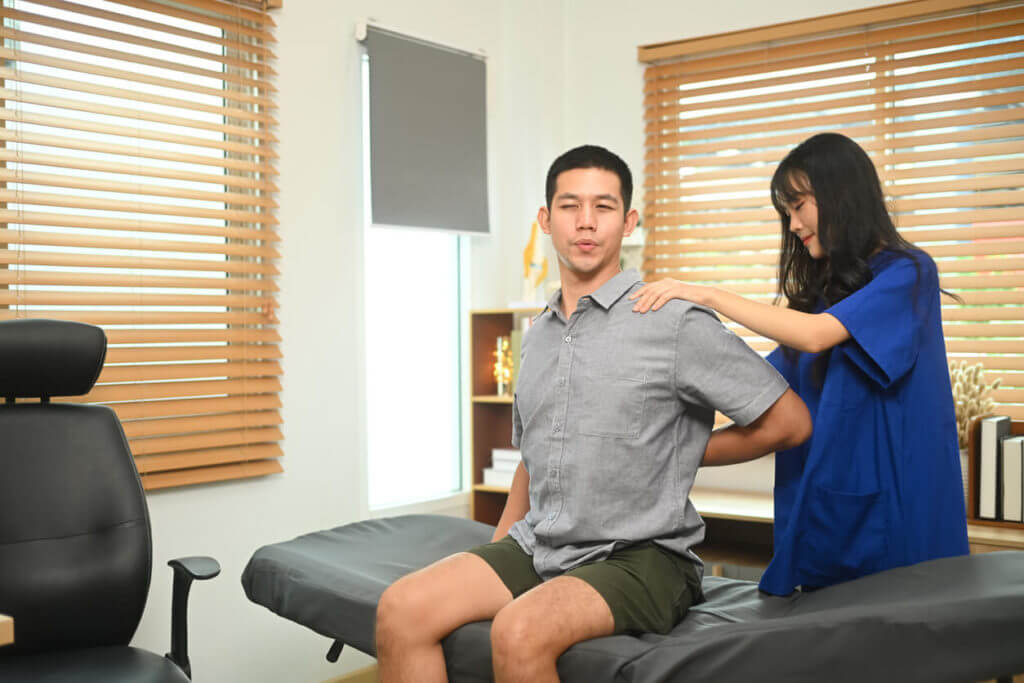
Lower back pain is a challenge that affects many individuals, impacting their quality of life and limiting daily activities. For those looking for effective, non-invasive solutions, outpatient physical therapy provides a promising path.
With a focus on addressing the root cause of pain and improving overall function, physical therapy for lower back pain has emerged as one of the most effective treatment options available.
Let us explore how outpatient physical therapy targets the source of back pain, its many benefits, and the specific therapies involved.
Understanding Lower Back Pain
Lower back pain refers to discomfort or pain located in the lower portion of the spine. This area consists of muscles, ligaments, joints, nerves, and discs working together to provide support and flexibility. When any of these structures are compromised, lower back pain can develop.
Common Causes of Lower Back Pain
Common reasons for lower back pain are:
- Poor Posture: Prolonged sitting or standing in incorrect positions often strains the back.
- Muscle Strain: Lifting heavy objects or performing sudden movements can lead to injury.
- Degenerative Conditions: Issues such as arthritis or herniated discs can result in persistent discomfort.
- Lifestyle Factors: Lack of physical activity or obesity can increase strain on the lumbar region.
Understanding the cause of your pain is crucial to finding the right treatment. Outpatient physical therapy for lower back pain targets the underlying issues rather than masking the symptoms.
The Role of Outpatient Physical Therapy
Physical therapy is not just about exercise; it is about improving your quality of life. Outpatient clinics focus on personalized treatment plans that address individual needs.
Through expert guidance and techniques, physical therapy for lower back pain can reduce discomfort, restore mobility, and build strength.
What Happens During Outpatient Therapy
When you visit an outpatient physical therapy clinic, the therapist will begin by assessing your condition. A detailed evaluation helps determine the source of pain and the best course of action. This often includes:
- Range of motion tests to assess flexibility.
- Posture analysis to identify alignment issues.
- Strength assessments to pinpoint weak muscles.
- Functional movement tests to evaluate daily activities.
- Directional preference to identify a specific movement or position (such as bending forward or extending backward) that reduces your symptoms or improves function.
Based on these assessments, a personalized treatment plan is created for faster recovery and long-term relief.
Key Components of Physical Therapy for Lower Back Pain
Physical therapy for lower back pain typically includes a mix of stretching, strengthening, manual techniques, and therapeutic modalities tailored to each individual. Here are the main components of outpatient physical therapy for lower back pain:
Stretching Exercises
Stretching is essential for improving flexibility, increasing range of motion, and reducing muscle tension in the lower back.
Regular stretching can alleviate discomfort, promote better alignment, and help prevent future injuries by keeping the muscles and joints supple and mobile.
Strengthening Exercises
Strengthening exercises are crucial for building the muscles that stabilize and support the spine. A strong core and back reduce the likelihood of lower back pain by providing better spinal support and protecting it during daily activities.
These exercises also help improve posture and overall body function.
Manual Therapy Techniques
Manual therapy involves hands-on treatments performed by trained professionals to target muscle stiffness, joint pain, and mobility issues. These techniques are highly effective for addressing specific problem areas:
- Joint Mobilization: Gently moves stiff joints to restore flexibility, improve alignment, and reduce discomfort during movement.
- Soft Tissue Mobilization (STM): Focuses on breaking down scar tissue and tight fascia to improve muscle function and promote pain-free movement.
- Myofascial Release: Targets the fascia to relieve tension, improve mobility, and enhance overall muscle performance.
- Muscle Energy Techniques (MET): Uses controlled muscle contractions to improve joint range of motion and release tight muscles.
- Trigger Point Release: Applies pressure to specific areas to reduce pain and restore normal muscle function.
- Passive ROM/Lumbar Mobilizations with Movement: Combines gentle passive range of motion exercises with lumbar mobilization techniques to improve flexibility and reduce stiffness.
Therapeutic Modalities
These complementary treatments enhance the effects of exercises and manual therapy, providing additional pain relief and improving recovery:
- Heat Therapy: Applying heat increases blood flow, relaxes muscles, and reduces stiffness, making it easier to perform exercises afterward.
- Cold Therapy: Reduces inflammation and swelling, numbs sharp pain, and can be particularly useful after acute injuries or flare-ups.
- Electrical Stimulation: Uses mild electrical currents to stimulate nerves and muscles, relieving pain and improving muscle activation.
Education and Posture Training
Many outpatient therapy clinics include educational sessions to teach you how to maintain good posture and avoid activities that may trigger lower back pain.
For example, adjusting your computer screen at eye level and using ergonomic chairs can make a significant difference.
Physical Therapy for Lower Back Pain in West Virginia and Maryland
Taking the first step to address your pain might feel daunting, but the right care can make all the difference. If you are searching for physical therapy for back pain, Rankin Physical Therapy—an H2 Health company—is here to help.
At Rankin Physical Therapy, we provide personalized physical therapy programs to meet your unique needs. Our expert therapists use the latest techniques, ensuring you receive top-tier care.
We offer complimentary screenings to assess your condition and determine if physical therapy is necessary. We can also provide injury screenings to help pinpoint the source of your discomfort.
Contact our Rankin Physical Therapy clinic or request a consultation using our appointment request form. We look forward to serving you!

